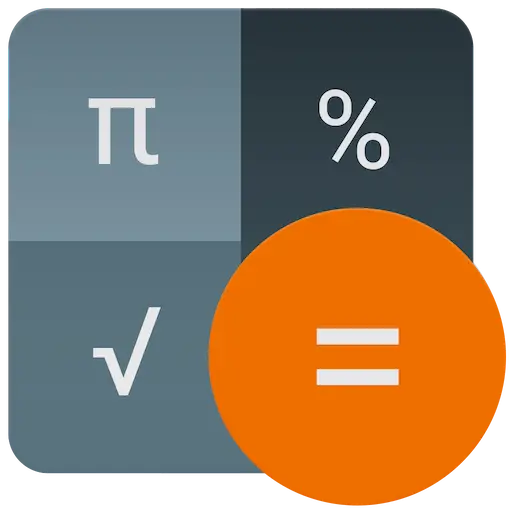Investment Calculator
Yearly Breakdown
| Year | Deposit | Interest | Ending Balance |
|---|
Understanding our Investment calculators
An investment calculators is more than just a number-crunching tool; rather, it serves as a gateway to understanding how your money can grow over time. By considering factors like initial investment, interest rates, and the power of compounding, it offers a unique perspective on the potential future value of your investments. Consequently, this tool helps you visualize different scenarios, allowing you to make informed decisions that align with your financial goals, whether you’re planning for retirement, saving for a major purchase, or simply looking to grow your wealth.
How to Use Our Investment Calculator: A Step-by-Step Guide
Planning your financial future doesn’t have to be a complicated math problem, especially when you have an investment calculators at your fingertips! Whether you’re curious about how much your money can grow or just want to see if that extra coffee each day is eating into your retirement savings (hint: it might be), this calculator will give you the answers. So, how do you use it? Let’s walk through it step-by-step.
Step 1: Input Your Initial Investment
First things first—you need to tell the calculator how much money you’re starting with. This is your initial investment. It could be any amount, whether it’s a lump sum of savings you’ve accumulated or the spare change you’ve been diligently setting aside.
Example: Let’s say you’re starting with $5,000. Type that into the “Initial Investment” field.
Step 2: Enter Your Monthly Contributions
Next, input the amount of money you plan to add regularly. This is your monthly contribution—how much you’ll be investing each month moving forward. Even small amounts can add up over time, thanks to the magic of compound interest.
Example: You decide to invest $200 each month. Enter this number in the “Monthly Contributions” section.
Step 3: Set Your Investment Timeframe
Here comes the long-term vision. How long do you plan on investing? The calculator needs to know how many years you intend to let your investment grow. This is your investment horizon—whether it’s 5 years, 10 years, or even 30 years down the road.
Example: Let’s say you’re looking to invest for the next 20 years. Enter “20 years” in the “Investment Duration” field.
Step 4: Input the Expected Rate of Return
Now, this part can feel a bit tricky, but don’t worry—just think of it as an educated guess. You need to enter the expected rate of return. This is how much you think your investment will grow each year. If you’re investing in stocks, for example, a typical return might be 6% to 8% annually.
Example: You expect an average return of 7% per year. Input “7%” in the “Expected Rate of Return” section.
Step 5: Select Your Compounding Frequency
This is where the real magic happens—compounding! Depending on how your interest compounds, your investment will grow at different rates. Most investments compound annually, but some may compound quarterly, monthly, or even daily. Choose the option that matches your investment type.
Example: You select “annually” for the compounding frequency.
Step 6: Hit “Calculate”
Once you’ve filled in all the fields, it’s time for the moment of truth. Simply click the “Calculate” button and let the calculator do its thing! It will quickly show you how much your investment will be worth over the years, giving you a clear idea of your financial future.
Step 7: Analyze the Results
Congratulations, you’ve crunched the numbers! Now, you can see how your money will grow over time, based on your inputs. The calculator will show you not only your final balance but also how much of it comes from your contributions versus the interest you’ve earned.
Example: The calculator reveals that after 20 years, with an initial investment of $5,000 and monthly contributions of $200, you’ll have a total of $103,000—$48,000 of that is pure interest!
Step 8: Adjust and Experiment
Want to see how making a few tweaks can affect your results? Go back and adjust the variables! Maybe you’ll increase your monthly contribution, or extend the investment horizon by a few more years. The calculator lets you see how different choices can impact your financial outcome, so don’t be shy about playing around with the numbers.
Example: If you increase your monthly contribution from $200 to $300, the calculator shows that your final balance after 20 years will jump to $140,000!
Final Thoughts:
Using an investment calculators is a breeze and gives you a sneak peek into your financial future. Whether you’re investing for retirement, a dream vacation, or simply building a rainy-day fund, understanding how your money grows is key. And the best part? No complex math is required—just fill in the blanks, and let the calculator do the rest!
Remember, investing is a marathon, not a sprint. But with tools like this, you’ll always know how far you’ve come and how far you still need to go! 😊
